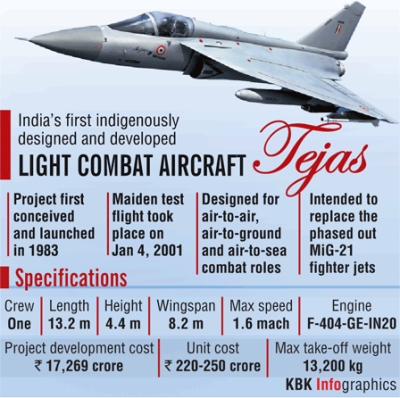7667766266
enquiry@shankarias.in
What is the issue?
How is Tejas developed?

Why is the delay in production?
What are the challenges?
Source: Indian Express